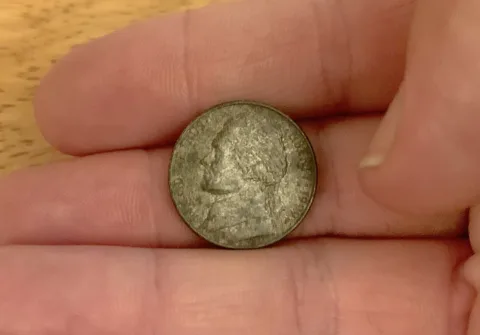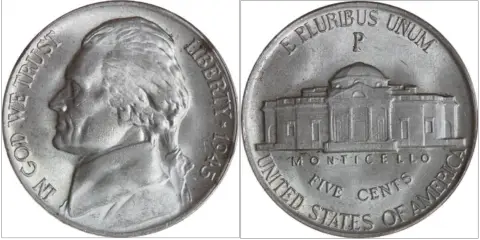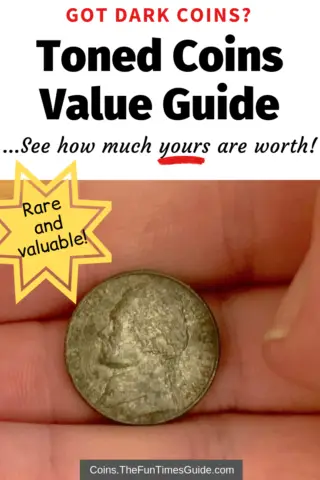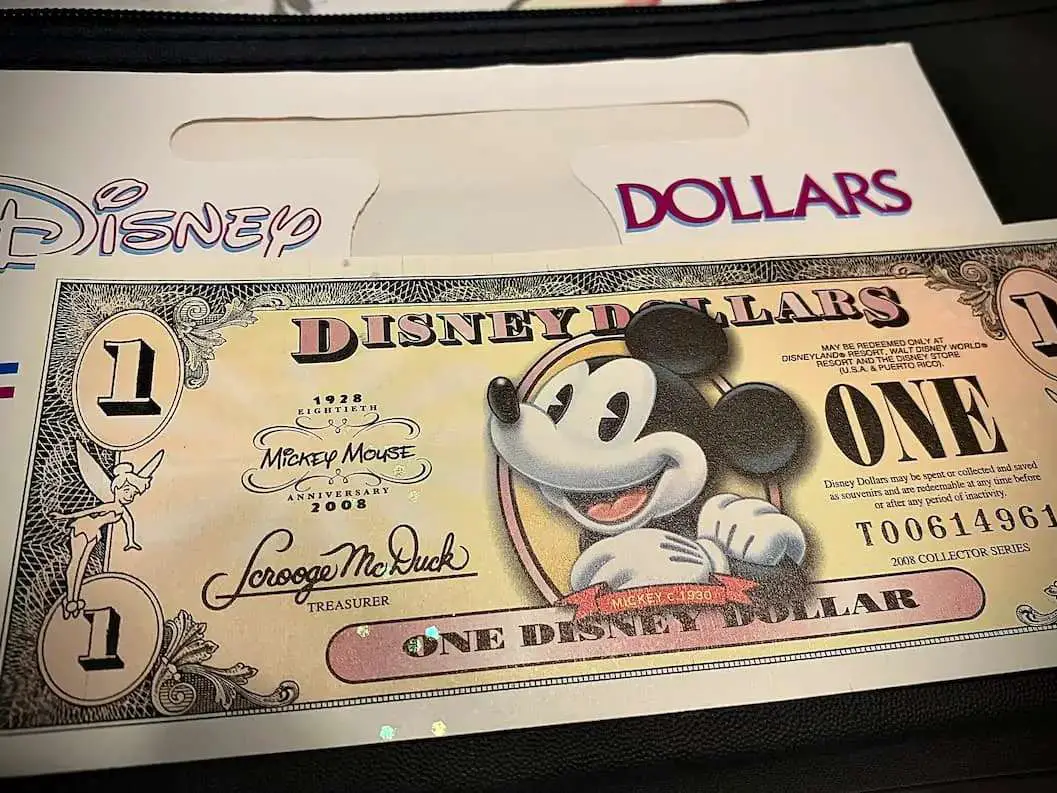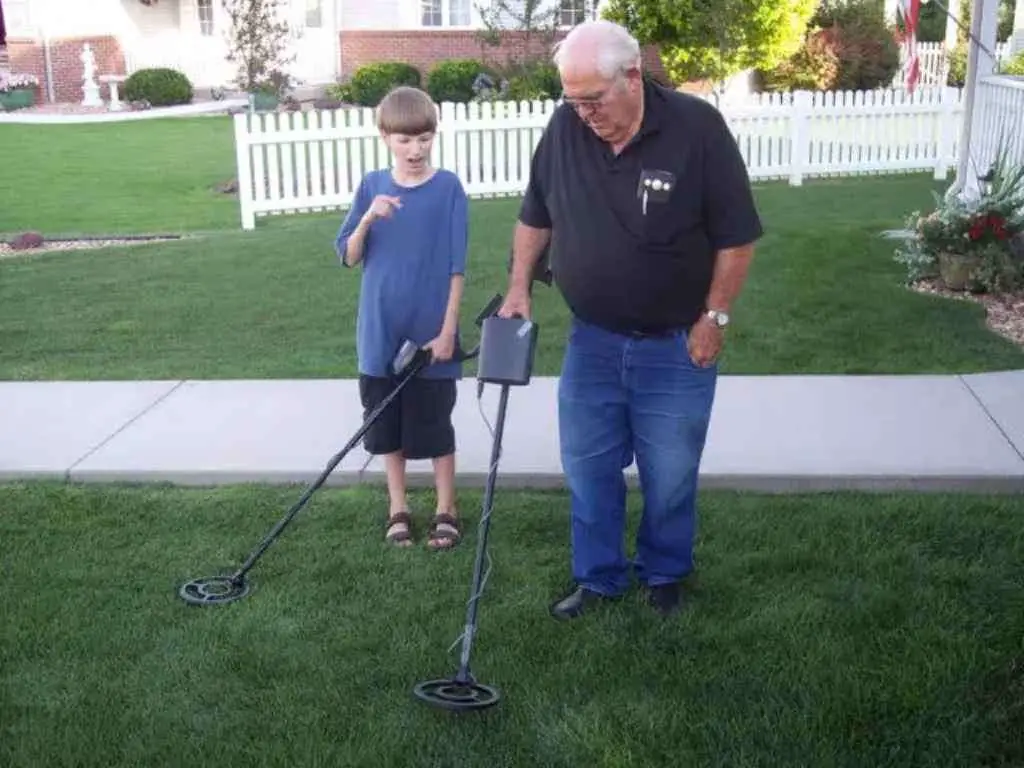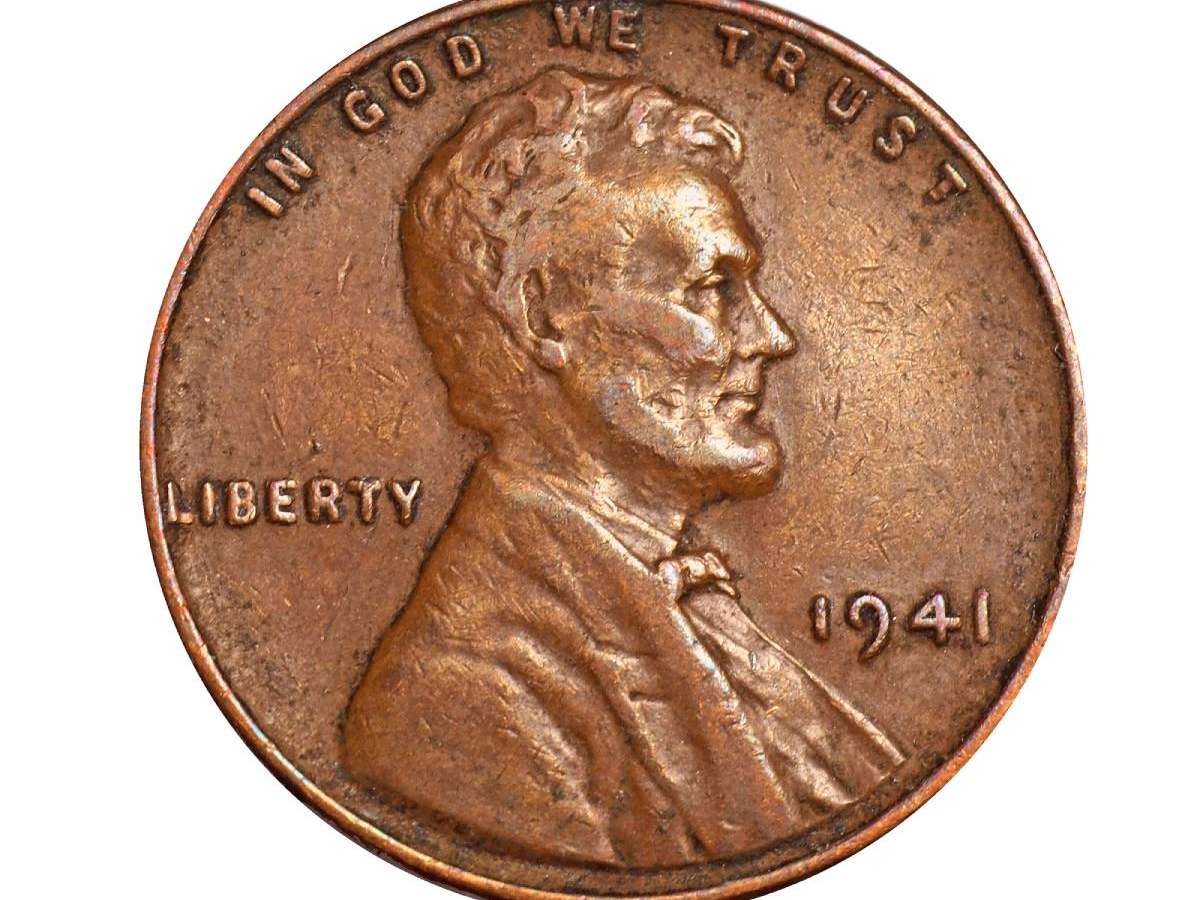Do you have a dark coin or a discolored coin with an unusual color and wonder what it’s worth? Some toned coins are worth a lot of money!
See the dark nickel in this photo? One of my dad’s longtime friends and work colleagues gave it to me.
He wanted to know if this dark nickel is rare or worth more than face value because of its unusual color.
As a longtime coin collector, I knew right away what happened to this nickel. And my dad, who works part of the time outdoors at a theme park, had a hunch, too. He said the nickel was laying on the ground in an area regularly cleaned with chlorine.
Yep… that’s what happens to a coin after it’s been exposed to cleaning chemicals.
I’ve found a great many coins just like this one. And every single one of those dark or grossly discolored coins exhibited signs of environmental damage, often from interactions with caustic chemicals — or problems relating to ambient agents (such as sulfur, gas, or sea salt).
Dark Toned Coins Are A Hot Topic
In the many years I’ve written for TheFunTimesGuide, countless fellow collectors and newbies have written in — sending photos of dark or otherwise discolored coins they’ve found in pocket change:
- Many who have these types of coins think they’ve found something rare.
- Others simply want to know what’s going on with it and want to find out more.
So, what is going on with these unusual-looking coins?
Let’s explore dark and discolored coins in greater depth, and see if any of these dark toned coins are worth something.
What Causes Dark & Discolored Coins?
Show me 100 different dark or discolored coins, and I’ll likely have 100 different answers for you.
In a big, vast world of chemicals, fumes, water, dirt, fire, ice, and everything else, a coin has a million and one ways that it can become discolored.
Here are some of the things that can cause a coin to tone dark or look abnormally colored:
- Experimentation with acid, or just normal corrosion
- Burial in the ground
- Being tossed in a water fountain
- Exposure to intense heat or very cold temperatures
- Storage in a paper envelope, PVC plastic, or open-air case
- Contact with caustic chemicals or fumes, such as sulfur or gas
- Sitting in a warm and humid environment for long periods of time
All of these things can cause a coin to turn a variety of colors — from deep grey or black to mottled or speckled.
Sometimes coins that are kept in old-fashioned coin folders and albums will also take on some unusual toning. Occasionally, such toning is quite attractive — with colors ranging from light blues and pinks even to rainbow colors.
Should You Clean Discolored Coins?
The answer is no!
Don’t attempt to remove darkness or discoloration from any coin. In the process, you’ll end up removing a thin layer of metal from the coin — which will permanently damage the coin’s surface and ruin the value of your coin.
Besides:
- In many cases, the darkness you see on a coin isn’t just “dirt.”
- It’s often the result of a chemical reaction that has affected lower layers of the surface, as well.
The best thing to do with any coin you encounter — discolored or not — is to simply leave it as it is.
TIP: Have a coin that was damaged in a fire or flood that you want to save? Send it to an official numismatic conservation service. The skilled professionals there can usually remove the surface problems on the coin without further damaging it.
How Much Are Toned Coins Worth?
When we talk about toning in coin collecting, we’re often referring to more desirable aspects of color. As a rule, they’re often worth more money.
However, there are also coins with undesirable toning that are often worth only face value — or less — depending on the amount of damage.
Examples Of Toned Coins Worth A Lot Of Money
Coins with desirable toning include:
- Circulated copper coins with chocolate brown surfaces
- Uncirculated copper coins with bright reddish-orange toning
- Nickels with light grey or blue toning
- Circulated silver coins with light grey devices and heavier grey fields
- Uncirculated silver coins with natural subdued rainbow toning
- Gold coins with warm, yellow toning
All of the coins listed above with the types of toning mentioned are often worth a lot of money — sometimes much more than stated values online or in books and magazines.
Examples Of Toned Coins Worth Very Little Money
Coins with undesirable toning (like that spotty grey nickel in the first photo above or a really dark and pitted penny) usually aren’t worth much money.
Generally speaking, if you find a coin in pocket change that has really poor surfaces, dark toning, or streaky, uneven color, it’s likely caused by exposure to a harsh chemical — which results in an unattractive appearance.
Coins with deep toning (almost black) and/or pitted surfaces are normally exhibiting some form of damage. Such pieces are usually categorized as having post-mint damage, or PMD.
Generally speaking, this is how much coins with undesirable toning are worth:
- If the coin is modern (say from 1965 or more recently) and worn, coins with PMD are generally worth only face value.
- Earlier pieces that contain silver content (such as old dimes and quarters) are normally worth their spot bullion value.
Dark Toned Coins That Are Rare And Valuable
Some darker-than-usual coins are errors.
You just need to be able to tell a discolored or damaged coin from a real error coin. Doing so will sometimes involve a metallurgy test and a scale.
Following are some examples of rare and valuable dark toned coins…
#1 – Dark Pennies That Are Valuable
While most of the darker-colored pennies out there have some form of damage (usually corrosion), keep your eyes out for steel cents and off-metal planchet errors!
Steel pennies were made in 1943 to help conserve copper for the World War II effort.
- Most worn 1943 steel pennies are dark grey in color and are worth 10 cents to $1 apiece.
- Some have signs of heavy corrosion — often appearing dark brown to almost black in color. Damaged pieces such as rusty 1943 cents are normally worth little if anything above face value.
Off-metal error coins include pennies that were mistakenly struck on coin blanks intended for dimes. Lincoln cents struck on dime planchets appear smaller in diameter than a regular penny, and they’re often grey in color.
- These off-metal error coins can be worth hundreds of dollars — with most off-metal errors starting at $100 to $200.
A simple gram scale can help you detect these errors. Lincoln cents struck on a 90% silver dime planchet should weigh about 2.5 grams, while those made on a copper-nickel dime blank weigh closer to 2.27 grams.
#2 – Dark Nickels That Are Valuable
If you’ve got a darker-than-usual United States five-cent piece dated between 1942 and 1945 and you see a large P, D, or S mintmark on the reverse (tails side) of the coin, then you’ve got a war nickel.
War nickels are made from a 35% silver composition that also contains manganese — giving the coin a darker color and somewhat greasy feel.
Circulated war nickels often look much darker than ordinary nickels. So, if you see a dark-colored nickel, be sure to check it out more carefully — it might be valuable a war nickel worth between $1 to $2 or more!
#3 – Other Dark & Discolored Coins Worth Money
If you’ve got any other dark coins that don’t look quite right but also don’t seem to be damaged, do this:
- Weigh the coin. Does it seem unusually light or heavy? Sometimes odd coloration is the first tip-off of a coin that was struck on a rare or experimental planchet (as mentioned above).
- Find the standard weight and specification of the coin, and then compare those numbers from your own unusual-looking coin. If something is off with the weight, diameter, or otherwise, take an extra moment and do some more testing on the coin.
- Submit photos of your coin in the comments below or send them to an error and variety specialist.
Chances are, your odd-looking coin really is just damaged. But then again, maybe you’ve found a rare error or variety worth hundreds or even thousands of dollars!
Like this post? Save it to read again later… or share with others on Pinterest!
I’m the Coin Editor here at TheFunTimesGuide. My love for coins began when I was 11 years old. I primarily collect and study U.S. coins produced during the 20th century.
I’m a member of the American Numismatic Association (ANA) and the Numismatic Literary Guild (NLG) and have won multiple awards from the NLG for my work as a coin journalist. I’m also the editor at the Florida United Numismatists Club (FUN Topics magazine), and author of Images of America: The United States Mint in Philadelphia (a book that explores the colorful history of the Philadelphia Mint). I’ve contributed hundreds of articles for various coin publications including COINage, The Numismatist, Numismatic News, Coin Dealer Newsletter, Coin Values, and CoinWeek.
I’ve authored nearly 1,000 articles here at The Fun Times Guide to Coins (many of them with over 50K shares), and I welcome your coin questions in the comments below!

